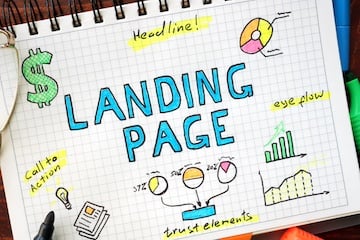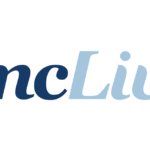It’s common to optimize your website for organic search rankings. It’s less common to optimize it for ad engines, which is key to controlling the cost and effectiveness of paid traffic.
Ad targeting on social media and search engines relies on algorithms that bid for placements on behalf of advertisers. The algorithms evaluate ads and linked landing pages and assign a relevance score that influences cost and performance. Meta calls this score “Quality Rank” and Google calls it “Ad Rank.” Both prioritize the relevance of ads and landing pages.
Bidding engines like Meta, Google etc. optimize around a goal, usually a conversion (in the case of e-commerce). Low click-through rates on your ads will drive up costs and also lead to low conversion rates on your landing experiences.
But an optimized experience can reduce advertising costs. The following graph shows the results for my company: A/B Testing We tested it on Meta. Test traffic was split, with half sent to a standard ecommerce product page and the other half to an ad-engine optimized version. Both used the same ads and budget. The optimized experience, with a lower ad cost per impression, drove 28% more traffic and 99% more revenue than the product page.
3. AEO Hack
Ad engine optimization (AEO) prioritizes the relevance of your landing page to your ads. Poor relevance leads to high bounce rates and low conversion rates. Ad engines detect this and charge higher ad costs for your campaigns. Custom landing pages are a traditional solution. They work well for bottom of the funnel and long-term campaigns, but not for top of the funnel customer acquisition, especially on social media.
For example, a shopper searching for “red 4-slot toaster” on Google has clear purchase intent and is more likely to convert from a landing page showcasing a red 4-slot toaster.
But consumers on facebook You might see an aspirational kitchen ad featuring a red four-slot toaster, which will require a different landing approach.
Consider these AEO hacks:
- Mirror campaign creative. The easiest way to increase relevance is to mirror the imagery from your ad on your landing page, reassuring shoppers that they’re in the right place and preventing early abandonment.
- We make all our products easy to shop. The top reason shoppers abandon a site is because they can’t find the product or it looks different. Surprisingly, landing pages often don’t have your promoted products. This is especially problematic on mobile, where shoppers may swipe away from where they arrived, so make sure your promoted products are visible on your landing page. all It’s the entire product in your ad, not just a category or one item.
- Enable all intents. An ad with a model on a beach wearing a t-shirt, shorts and a hat may generate a variety of interests: t-shirts, shorts, summer and beachwear. Landing experience Focusing on just one of these items will result in a high bounce rate.
An optimized page makes it easy to buy, say, the T-shirt in the ad, while also allowing easy navigation to other products. The page displays all the products in the ad at the same time, directing the visitor to the broader category. The more visitors browse, the more signals are returned to the ad engine, increasing relevance scores and lowering ad costs.
Algorithm Driven
For your optimized pages to work, you need to implement your ad engine’s conversion API (or “CAPI” in the case of Meta and Google) to send engagement signals. It’s helpful to test and evolve your AEO experience, either manually or automatically.
This means that ads on Meta, Google and other channels Algorithm-drivenTo improve performance, algorithms need to be optimized. The combined quality of your ads and landing pages directly impacts your advertising costs.







